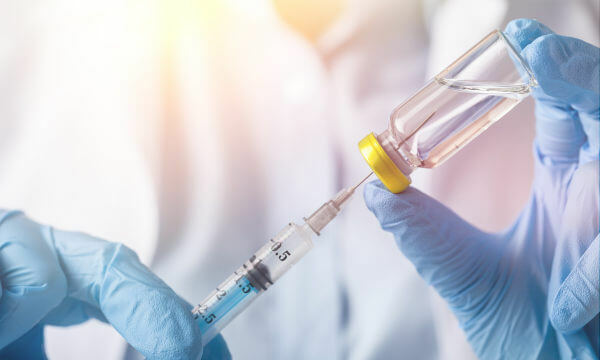O athlete's foot, also known as chilblain, tinea pedis or tinea you ask, is fungal infection which develops mainly between the toes, but also affects the plantar region. The infection is more prevalent in men, however, it can occur in both sexes.
The fungi responsible for athlete's foot belong to the genus Epidermophyton and Trichophyton and constitute a group which uses keratin as a form of nutrition. These fungi preferentially grow in hot and humid places, therefore occurring more commonly in the summer.
→ athlete's foot transmission
Athlete's foot is a contagious disease that can be transmitted from direct or indirect way. In the latter form, transmission occurs through contact with socks, shoes, towels and contaminated places such as swimming pools and showers.
It is important to emphasize that, as it is transmitted from person to person, the disease can affect all members of a family. Thus, if a person has the disease, special care is needed with everyone who has contact with the affected person.
→ Athlete's Foot Signs and Symptoms
The signs and symptoms of athlete's foot are quite characteristic, highlighting the itching and redness. If not treated properly, the fungal infection can increase, leading to the development of blisters, cracks and peeling of the skin. The situation can get even worse if any bacterium install itself at the site, thus creating a secondary infection.
Do not stop now... There's more after the advertising ;)
→ Athlete's foot treatment
The treatment for athlete's foot is done with the administration of antifungals, which can be used orally or topically, that is, when placed directly on the lesion. Oral treatment is only recommended in more severe cases, when, for example, topical treatment does not show satisfactory results.
→ Athlete's foot prevention
To prevent athlete's foot, it is important not to borrow personal items (such as towels), always dry between your toes, regularly change socks, which should preferably be made of cotton, and wear shoes that allow the circulation of air. To reduce the humidity in the feet, it is also recommended to use antiperspirant powders.
Another important point concerns the swimming pool and changing rooms. In these places, the presence of the fungus that causes athlete's foot is common and, therefore, walking barefoot on these surfaces should be avoided. Bathing in public places must therefore be carried out wearing sandals. It is also worth noting that it is not just the patrons who must change their habits, it is essential that employees and owners of establishments do the proper cleaning of floors and bathrooms.
ATTENTION:Do not use over-the-counter antifungals. Improper use of medications may not cure an infection or may make it worse.
By Ma. Vanessa dos Santos
Would you like to reference this text in a school or academic work? Look:
SANTOS, Vanessa Sardinha dos. "Athlete's foot or chilblain"; Brazil School. Available in: https://brasilescola.uol.com.br/saude-na-escola/pe-atleta-ou-frieira.htm. Accessed on June 27, 2021.



